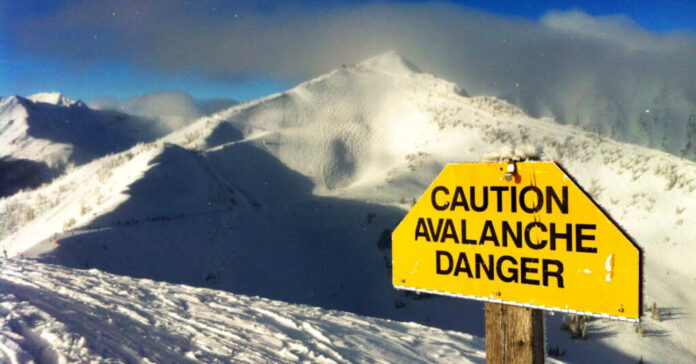
So far, this has been a rather volatile winter. With extreme highs and violent cold snaps, the ground never had the right opportunity to fully freeze, and that heat must go somewhere when it snows. This has made a lot of mud pits for front lawns and allowed dogs to start digging tunnels easier than ever before. Yet Canada has been having an even worse time with it.
March 1st brought a horrific avalanche in the British Columbia interior. B.C. Emergency Health Services (BCEHS) said first responders were sent to a remote area near the Panorama Mountain Resort along the B.C.-Alberta border. This is roughly a 200-mile (321km) drive west of Calgary, and the alarm bells rang just before noon that day. According to the resort, the avalanche occurred beyond their boundaries, but they closed off their upper lifts to lend assets to rescuers.
For the year, BC has had nine avalanches so far. This includes a search-and-rescue volunteer who was ultimately killed alongside another skier up in Chilcotin. Plus, the two off-duty officers from the Nelson Police Department took a ski trip together near Kaslo, as well as the two brothers visiting from PA who were on a guided heli-skiing trip in B.C.’s Interior.
According to Avalanche Canada, the kind of snowpack BC is seeing is very similar to the 2002-2003 winter season. During that season 25 people lost their lives along the BC backcountry, marking it as one of the worst years for avalanche deaths on record.
Experts say this year’s snowpack has a weak layer of sugar-like crystals at the bottom is making the region more susceptible to avalanches and is responsible for the dangerous conditions. These kinds of snowpacks are made when the weather is volatile, and the land is uneven with things like rocks and trees keeping the “base” of the land change. This traps heat and allows for the thin hard crisp snow to form in the voids.
In BC these rocks and trees make up much of the landscape, which puts the region at an increased risk in any given year. Ultimately the risk here is something that attracts many skiers. These same dangerous conditions make for some of the most amazing runs and legendary stories. Sadly, when something goes wrong, it goes wrong for a long period too. These are never over and done with as the CBC outlined the dates of the avalanches.
• Dec. 31
• Jan. 5
• Jan. 9
• Jan. 21 (x2)
• Jan. 23 (x2)
• Feb. 11
• Feb. 16
While this level of frequency is not unheard of, being on this level of activity is not sustainable for them as a province if they want to keep their tourism up and the death rate down. This also poses a significant risk for the townspeople. As avalanches have previously shown in the mountains of Switzerland, Belgium, and other countries, once they get going they can sometimes be impossible to slow down or stop. Much like a tsunami wave, there is often very little warning, and what warning they do have is rarely able to get out in time to reach those most at risk.
As the CBC tells it, this is a horrible year in BC:















